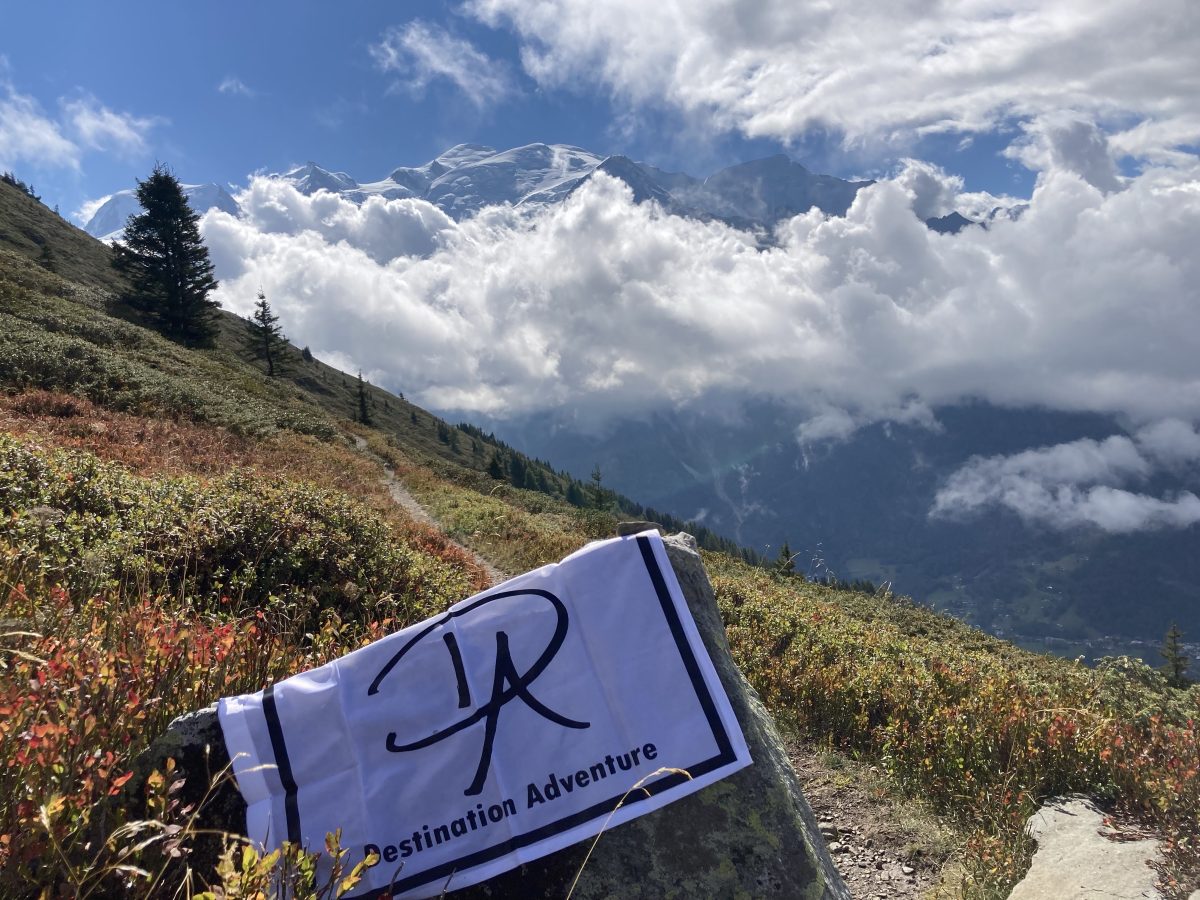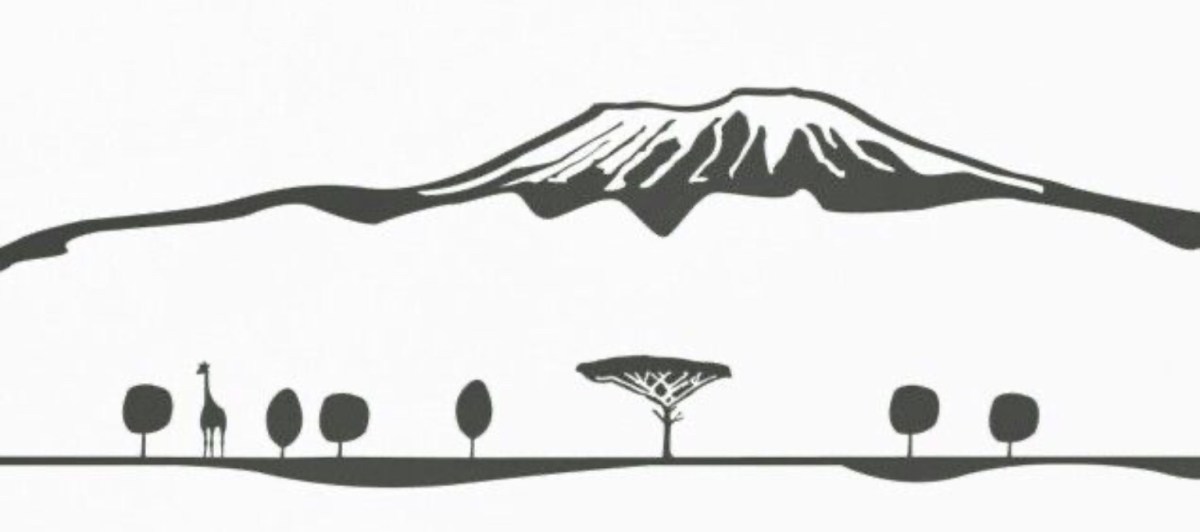In roughly 5 months, the Everest Base Camp crew, along with my son John, will be joining for what we hope will be another indelible experience… a trek to the top of Mt. Kilimanjaro in Tanzania. This trip has been planned for several years, but due to the pandemic it has been twice scheduled and twice canceled. Hoping that the third time is the charm, its time to get serious about our preparation.
Kilimanjaro is a big mountain, topping out at 19,341 ft (5,895 m). It is also Africa’s entry in “the Seven Summits” (the highest peaks on each of the seven continents). Another interesting fact is that it is tallest free-standing mountain in the world, rising dramatically over 16,700 ft (5,090 m) from the plains surrounding its base. By comparison, Mt Everest rises roughly 11,437 ft (3,486 m) from base camp to summit. Needless to say, our 8-day trek (6 days going up and 2-days going down) will involve a fair bit of climbing and the need to acclimate to the thin air at the upper reaches of the mountain.

Since it is not considered to be a technical climb, advanced mountaineering skills and specialized equipment are not needed, but fitness and perseverance are required. To prepare, I plan to continue with my weekly fitness routine, which usually includes work at the gym on either the stair climber or the elliptical trainer, and mountain biking on the local trail network. This regimen helps to maintain a good base fitness level, but it doesn’t prepare the body for hiking with a weighted pack on uneven terrain at high elevations. So, now is the time to add bi-weekly hikes into the routine.
These hikes serve two purposes… first, they work the large muscle groups in the lower body and get them used to the added weight and stresses of trail hiking. Once the initial soreness wears off, the hikes are quite enjoyable and an opportunity to get away from all the noise and distractions of everyday life. Second, especially as the weather gets colder, the hikes become a great test for the various clothing layers that will be required to stay comfortable through the five different ecological zones we will experience during our trek on Kilimanjaro. As summer turns to fall, and ultimately winter, there will be plenty of opportunity to test our gear in temperatures ranging from the high 80’s down into the teens.
Click here to read more about Kilimanjaro’s different ecological zones.
One thing you can’t really prepare for is the thin air at the higher elevations on the mountain. At the summit, the oxygen levels, is approximately 50% of what is available at sea level… so we will literally be “sucking air” as we exert ourselves during the steep push to the summit. The good news is that if you follow a well-planned acclimatization schedule, the body will adjust over time. So, part of the reason it takes 6-days to ascend and only two to descend is that there are two extra days built into the schedule to “hike high, sleep low.” These couple days expose the cardiopulmonary system to lower levels of oxygen when we will climb to nearly 16,000 ft (4,572 m) during day hikes, but descend to camp at approximately 13,000 ft (3,962 m) to sleep and recover. This process aids the body in creating more red blood cells to increase the flow of oxygen in the blood, thereby allowing the body to become more efficient at processing the lower levels of oxygen that are available.
I hope this introduction to the adventure ahead gives you a glimpse of what awaits. Stay tuned for periodic updates as we get closer to this highly anticipated adventure.




Happy and safe training!!
LikeLike
Hope you all get there this time! Sounds very exciting and great memories to be made with your friends and son too!
LikeLike
Hi Don,
Loved your post! Definitely incentive to get back into the hiking/training.
Hope your day is going well.
Karen ð
LikeLike